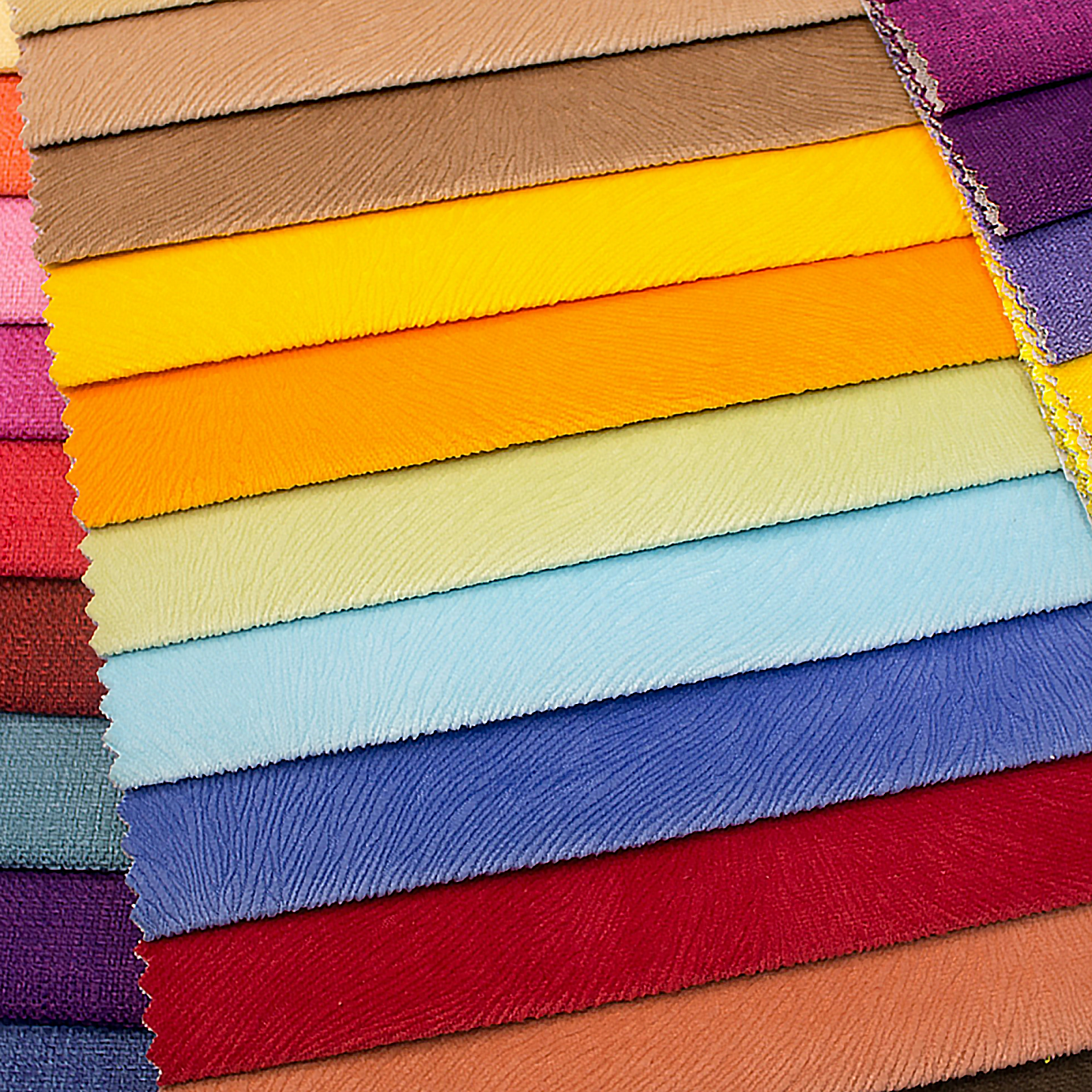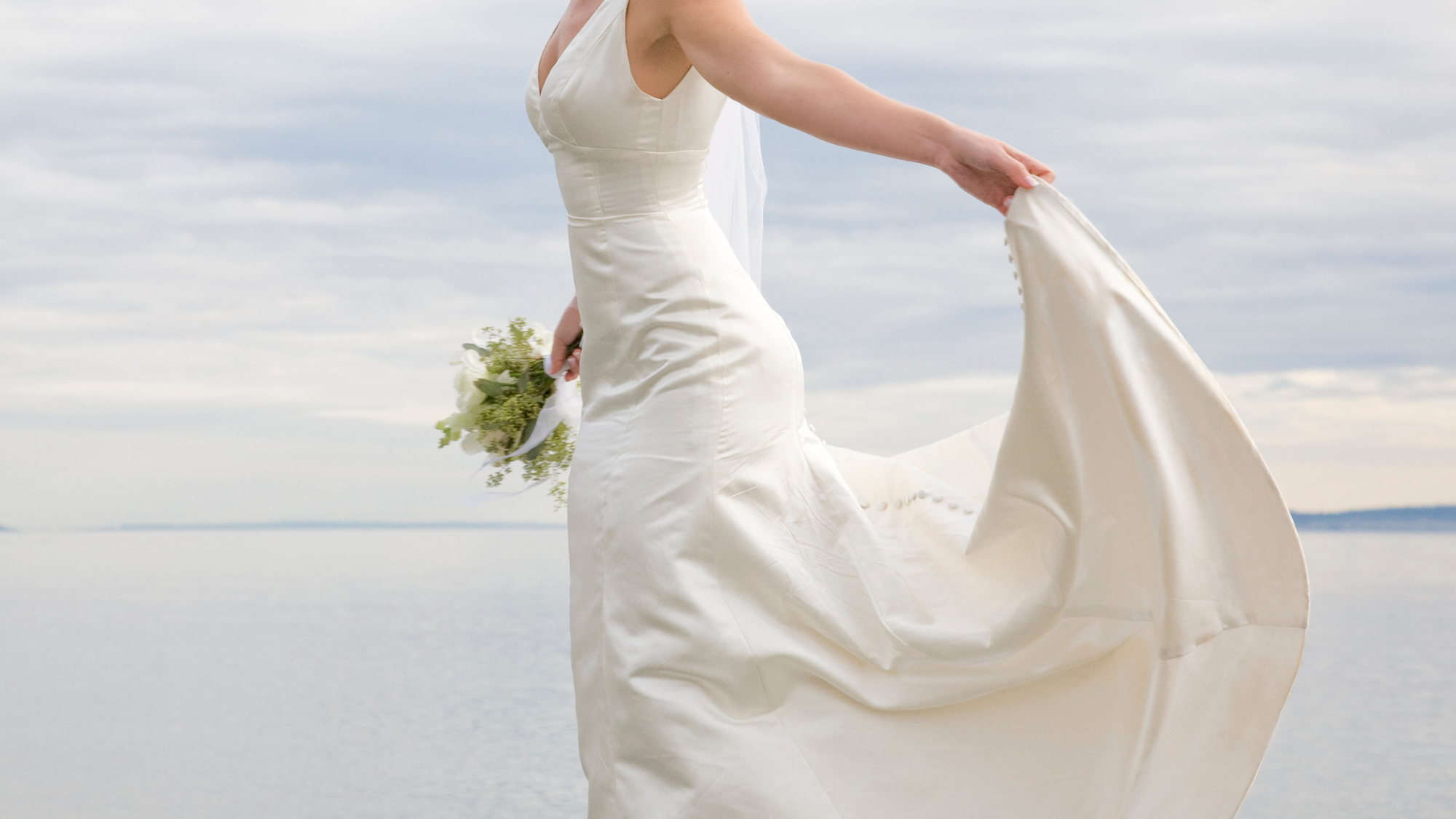What is scuba fabric?
Scuba fabric, also known as neoprene fabric, is a synthetic textile that is stretchy, durable, and versatile. Made from a blend of polyester and spandex, scuba is known for its excellent elasticity, insulation and structure. One of the key features of scuba fabric is its stretchability. Scuba fabric ideal for body-hugging garments, such as leggings, fitted dresses, and of course, swimwear.
Another advantage of scuba fabric is its wrinkle-resistant nature. It has a natural resilience that helps it maintain a smooth appearance, even after being folded or stretched. This makes scuba fabric a popular choice for travel-friendly clothing and garments that require minimal maintenance. Scuba fabric is also durable, resistant to wear and tear, and water-resistant. All in all, it’s the perfect fabric for vacation wear.
What garments can I make with scuba fabric?
Scuba fabric's stretch, durability, and wrinkle resistance make it suitable for a wide range of garment types. Here are some common garments that can be made with scuba fabric:
Dresses. Scuba fabric is often used to create fitted or bodycon dresses due to its excellent stretch and ability to hold shape. It can be used for casual day dresses, cocktail dresses, or even formal evening gowns.
Skirts. Scuba fabric is popular for creating flared or pencil skirts. The fabric's structure helps maintain the desired shape of the skirt, providing a flattering silhouette.
Leggings and Pants. Scuba fabric's stretchiness makes it an excellent choice for leggings or fitted pants. It offers comfort, flexibility, and a streamlined appearance.
Jackets and Outerwear. Scuba fabric's durability and water-resistant properties make it suitable for jackets, coats, and outerwear. It can provide insulation and protection from the elements while maintaining a stylish look.
Swimwear. Due to its water-resistant nature, scuba fabric is commonly used in the construction of swimwear. It provides a secure fit and dries quickly, making it ideal for bikinis, one-piece swimsuits, or rash guards.
Activewear. Scuba fabric's stretch and durability make it a functional choice for activewear garments such as workout leggings, sports bras, and athletic tops. It provides comfort, support, and freedom of movement.
Accessories. Scuba fabric can be used to make various accessories such as headbands, bags, pouches, and even footwear like sneakers or boots. Its versatility and durability make it a popular choice for these items.
It's worth noting that scuba fabric is not limited to these specific garments. Designers and manufacturers often experiment with the fabric to create unique and innovative designs, blending its functional properties with fashionable trends and creative aesthetics.

Scuba is great for garments that need to hold construction and shape, like this bodycon peplum scuba dress.
Types of scuba fabric
Scuba knit
Scuba knit is a versatile double-knit fabric crafted with a luxurious and lightweight feel. It is designed to offer great stretch and recovery and can be used for a wide variety of projects. Enjoy its elegant drape, soft hand, and wrinkle-resistant qualities, perfect for any occasion.
Scuba crepe fabric is a combination of two different fabric types:
Scuba fabric and crepe fabric. It blends the characteristics and properties of both materials to create a unique textile. Zelouf Scuba Crepe is our best-selling selection crafted from high-quality fabric that brings a flattering fit and feel. With its smooth texture and lightweight breathability, you'll be comfortable and stylish in any situation.
Heavyweight scuba
Heavyweight scuba fabric refers to a type of scuba fabric that is thicker and more substantial compared to standard scuba fabric. It is typically characterized by its increased weight and density, which provides additional structure and support to garments made from this fabric.
While regular scuba fabric is already known for its thickness, increased weight and thickness make heavyweight scuba fabric ideal for creating garments that require more structure and shape, such as structured dresses, jackets, or coats. Zelouf Heavy Laguna Scuba offers superior protection and increased longevity, while the breathable design keeps you comfortable and cool in any environment.

Tips for working with scuba fabric
Sewing scuba fabric can be a bit different from sewing other fabrics due to its thickness and stretch. Here are some tips to consider when sewing with scuba fabric:
Use a ballpoint needle. Scuba fabric is stretchy, so it's important to use a ballpoint needle designed for knits. The ballpoint needle will glide between the fabric's fibers instead of piercing them, reducing the risk of snags or runs.
Use a stretch or zigzag stitch. A straight stitch may not accommodate the fabric's stretch properly, causing seams to break. Instead, use a stretch stitch or a narrow zigzag stitch, which will allow the seams to stretch without snapping. Test the stitch on a scrap piece of fabric to ensure it provides the desired amount of stretch and stability.
Consider using a walking foot or differential feed. A walking foot can help feed the fabric evenly through the machine, preventing stretching or shifting. If you don't have a walking foot, adjusting the differential feed on your sewing machine can also help control the fabric's stretch while sewing.
Pin or clip carefully. Scuba fabric can be bulky, so avoid using too many pins as they may leave visible holes or marks. Instead, consider using fabric clips or wonder clips to secure the fabric layers together without causing damage.
Use a stretch-friendly thread. Opt for a polyester or nylon thread that has some stretch to it. These types of threads will be more resistant to breaking when the fabric stretches.
Reduce presser foot pressure. Lowering the presser foot pressure on your sewing machine can help prevent the fabric from getting stretched or distorted as you sew. Refer to your machine's manual for instructions on adjusting the presser foot pressure.
Take your time when sewing curves or corners. Scuba fabric can be a bit challenging to maneuver around curves or corners due to its thickness. Take your time and go slowly to ensure smooth and even stitching.
Test on scraps. Before sewing your final project, it's always a good idea to test your stitches, tension, and techniques on scraps of the scuba fabric. This will allow you to adjust your settings if needed and gain confidence before sewing on the actual garment.
Remember to always follow the specific instructions provided by your sewing machine manufacturer and consult sewing references or tutorials for further guidance on working with scuba fabric.
Shop hundreds of scuba fabric selections and more at Zelouf Fabrics.





